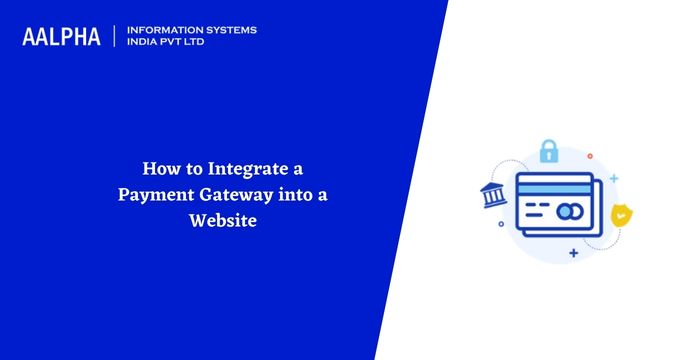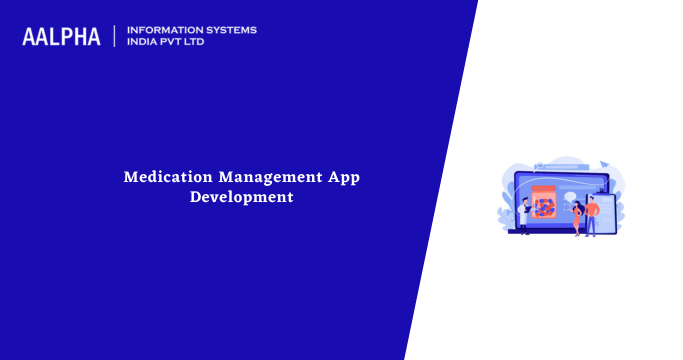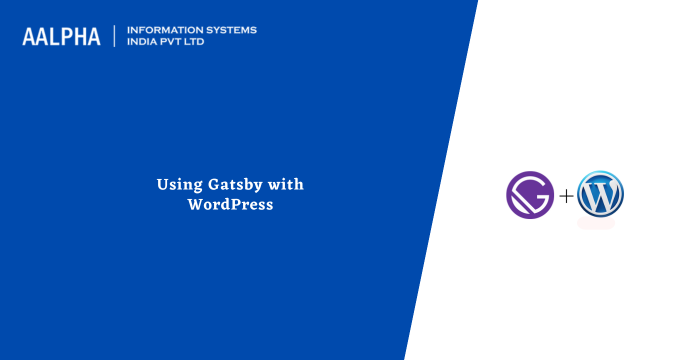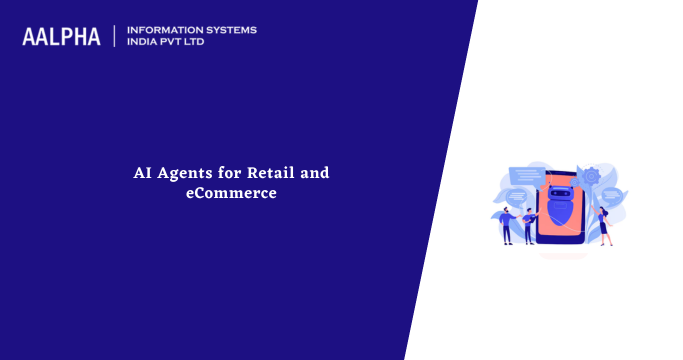Any site you own eCommerce, eLearning, or booking one, the main priority will still be to ensure that your consumers are protected and that you provide them with an easy-to-use payment mechanism.
The provider you select must meet your business needs and consumer expectations.
Payment gateway integration into your shop would offer your website authentication based on protocols like OIDC and enhance the customer experience.
What is the key to payment?
A payment portal processes online and offline credit cards. It transfers necessary details, and vice versa, between websites/mobile devices and payment processors/banks.
So, once you wish to incorporate payment into a website to render the customer interface smooth, consider the gateway as an online tool to handle all financial transactions.
It is an online image of an actual point-of-sale terminal you find in retail stores.
How a payment gateway works
A payment gateway’s key role is to process online consumer credit card details.
Step-by-step guidance below
- The customer hits the “Order button at checkout. The browser encrypts and sends payment information to the merchant’s web server via an SSL link.
- The merchant sends these data to a gateway via an encrypted SSL link.
- The payment gateway sends the details to the payment processor, who sends it to the card association (Visa, MasterCard).
- The credit card issuing bank receives an authorization request and returns a response code to the payment processor. The answer code contains transaction status details (approved or failed) and an error code if the transaction fails (insufficient funds)
- The payment processor sends the answer code to the gateway and is sent back to the website.
- The website shows important consumer posts.
Check: financial software development services
Payment forms and suppliers
Learning how to build a website payment gateway, and acquainted with big, let’s see what the industry has to deliver in terms of gateways. It is often helpful to search the ready solutions first before incorporating a payment gateway into a website from scratch.
There are two kinds of gateways for payment, non-hosted and hosted.
-
Hosted payment gates
These gateways remove your user from your website to complete the payment and redirect them back until the transaction is complete.
They take control of account confidentiality and are simple to add. You lose sight of what occurs, though, and the consumer can be distracted and navigate away.
If you have already done some research and read on how to connect a payment gateway to a website, the two well-known hosting gateways are PayPal and Amazon Payments,
- PayPal’s
If you need to incorporate a payment gateway to a website or portal, PayPal will be the first choice to come up since it is proven to be secure, scalable, and many people worldwide have PayPal accounts.
In terms of authentication, PayPal tracks all clock-round operations and provides sophisticated fraud prevention encryption.
- Pay Amazon
Amazon Pay is another convenient way to integrate a payment portal into the website.
Unlike PayPal Express Checkout, it does not entirely exclude the customer from the page, so it is not a 100% solution. Instead, it blends beautifully into the website’s look and sound and lets your consumers use the credit cards they have already saved in their Amazon account.
-
Non-hosted (integrated) gateways
Now let us look at such gateways that fit seamlessly into your marketplace and hold the customer at your shop or portal without excluding them and paying elsewhere. First thing, first security.
This is a slight drawback for non-hosted solutions that better incorporate payment into a website.
As they run on your computer and typically store credit card details for your customers. You must also maintain fraud prevention.
Let us look at the non-hosted payment gateway.
- net
It is one of the dinosaurs in the gateway universe that began operations back in 1996.
Authorize.net supports all significant credit cards and partners with PayPal, Visa Checkout, and Apple Pay solutions.
It detects and handles possible fraudulent transactions through Advanced Fraud Detection SuiteTM, provides address verification, card code verification, and supports Visa and MasterCard SecureCode Verified.
- Pay Mango
This portal would suit you when running a crowdfunding platform or marketplace.
With Mango Pay, consumers remain on your website, and you can customize your checkout page’s look and sound. It also handles PCI specifications, does not hold everything on your servers, provides on-demand 3D Secure billing, KYC, and AML scans.
Costs of payment gateways
Using a payment portal relies on the total turnover. The processing fee starts at around 2.8% to 3.5% with an extra $0.30 per transaction.
Some of the payment gateways often include recurring payments and an activation charge, so remember when selecting a service.
Final Thoughts
There are several ready-made payment gateway applications available on the market. Choosing the right payment gateway provider is a vital choice for your company to flourish. Implementing a payment portal on your website would provide your consumers with increased user engagement and maximum safety. Protection mechanisms like TLS encryption, dual-factor authentication, and PCI-DSS compliance are included in several payment gates.
Are you planning to integrate a payment gateway into your website? Contact our team of experts.





Share This Article:
Written by:
Muzammil K
Muzammil K is the Marketing Manager at Aalpha Information Systems, where he leads marketing efforts to drive business growth. With a passion for marketing strategy and a commitment to results, he's dedicated to helping the company succeed in the ever-changing digital landscape.
Muzammil K is the Marketing Manager at Aalpha Information Systems, where he leads marketing efforts to drive business growth. With a passion for marketing strategy and a commitment to results, he's dedicated to helping the company succeed in the ever-changing digital landscape.